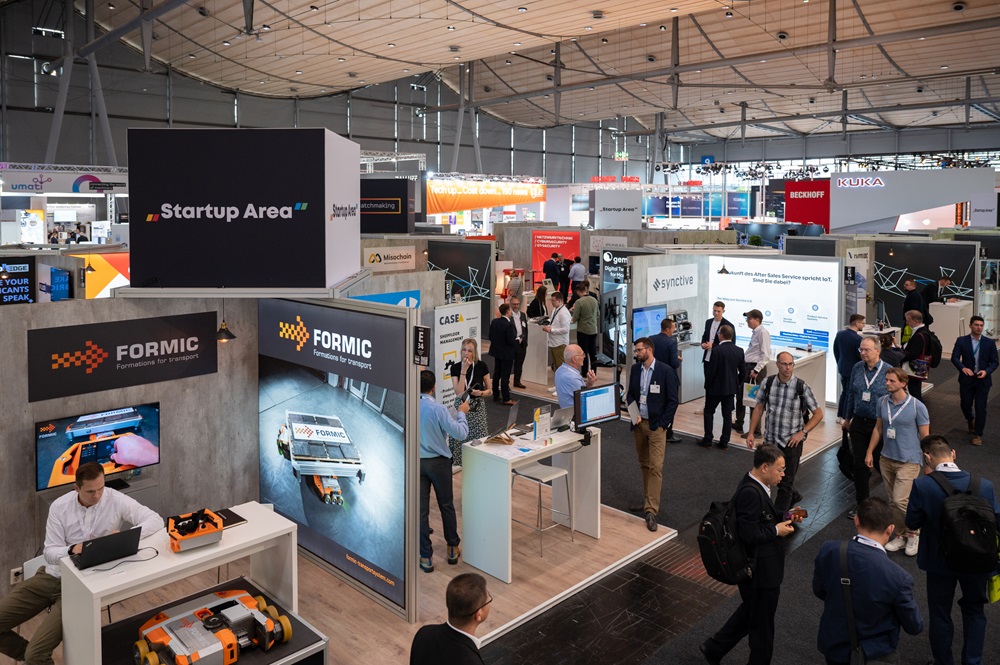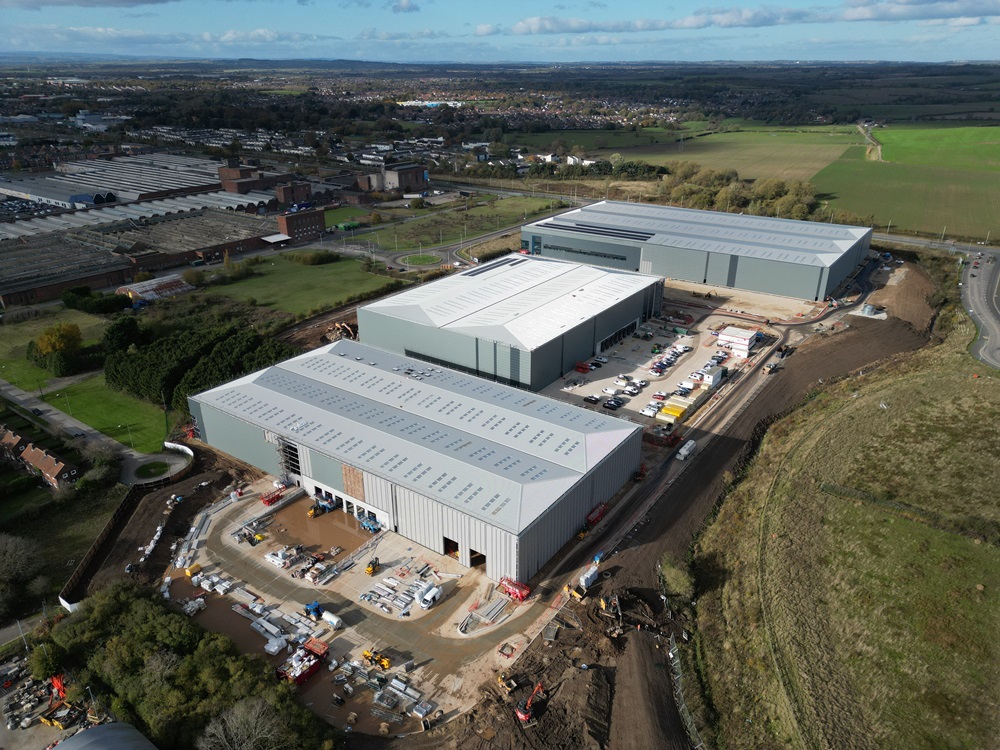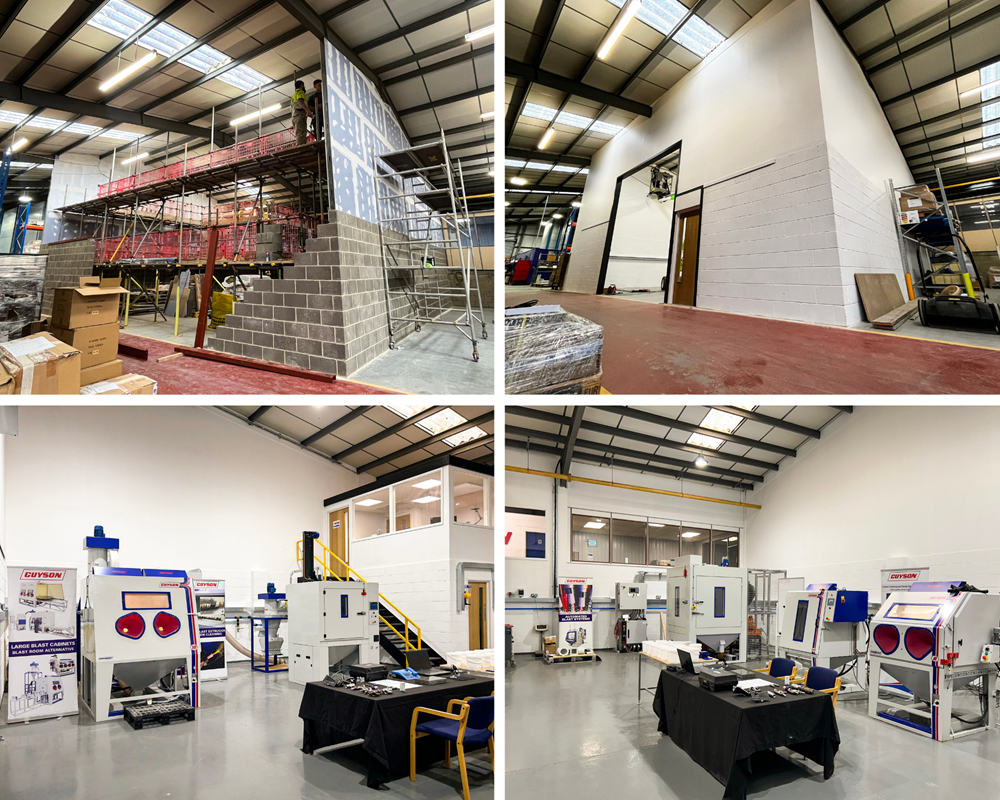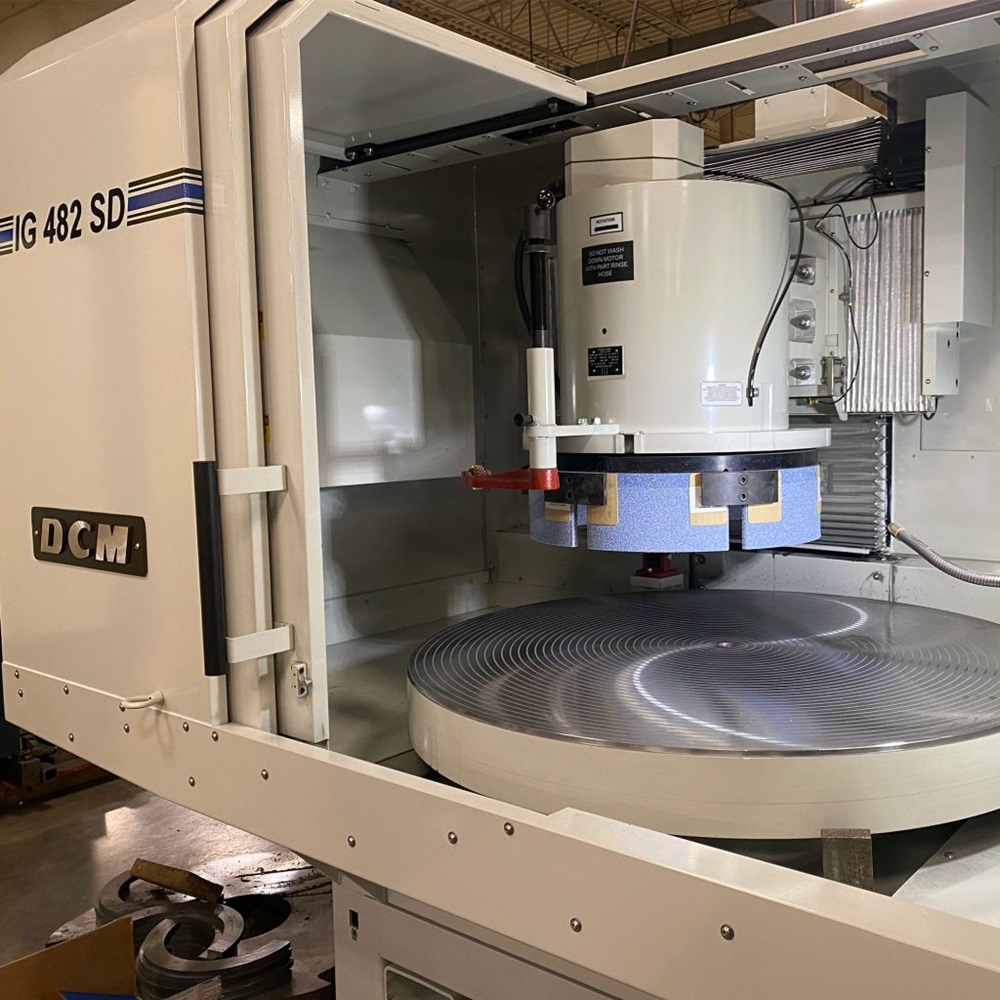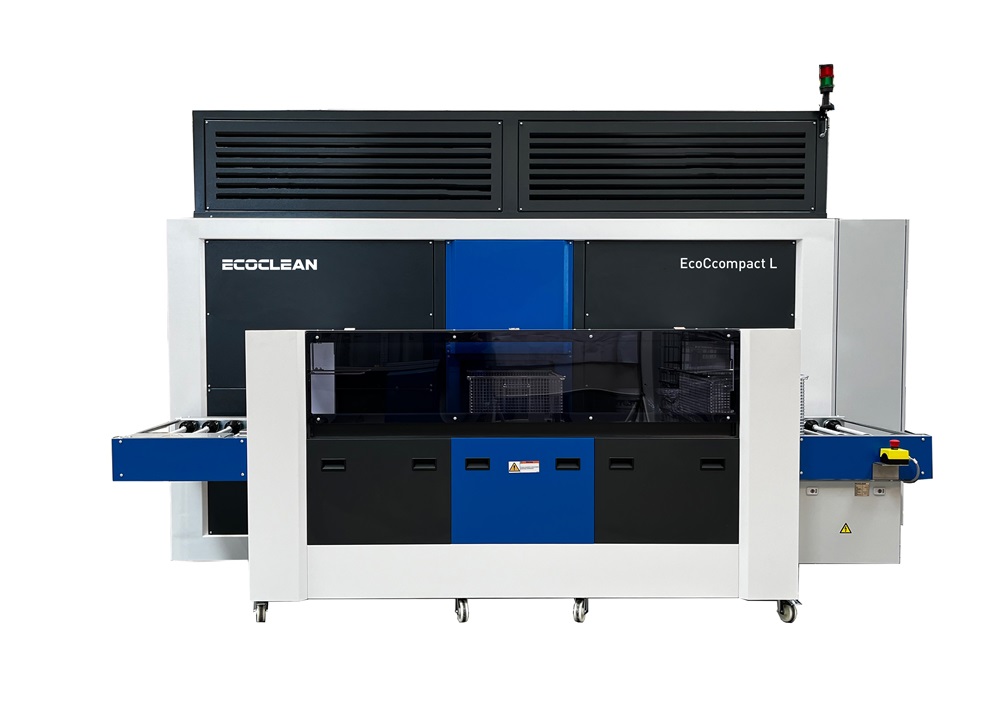Guyson has opened its new blast finishing and ultrasonic cleaning, testing and demonstration facility. The company says this state-of-the-art space establishes Guyson as home to Europe’s largest facility dedicated to blast finishing and ultrasonic cleaning. It marks the culmination of an ambitious six-month project that began with the renovation of Guyson’s stock area. The installation of vertical storage solutions freed up valuable floor space, enabling the construction of the new facility.
The space includes a dedicated media room, a demonstration leader office, an expansive blasting room and a dedicated clean room for ultrasonic cleaning. Machines now available for testing include Formula 1600, Euroblast 8, Euroblast 10, T50 Tumbleblast, RSB and RB10 blast machines, as well as Microsolve 250M, Microsolve 450C, KS tanks and GUK benchtop ultrasonic baths.
To celebrate the milestone, Guyson had the pleasure of hosting several distributors from across mainland Europe. Over three days, attendees engaged in intensive product training, designed to deepen their expertise in Guyson’s blast finishing and ultrasonic cleaning technologies. These sessions helped to empower visitors with the skills and knowledge required to become true specialists in Guyson’s equipment.
The training covered a range of essential topics, including ultrasonic equipment theory and operation, blast equipment theory and operation, the importance and application of different blast media, and a review of key blasting principles and techniques. By incorporating physical demonstrations and hands-on practical sessions, attendees gained invaluable insight.
More information www.guyson.co.uk






